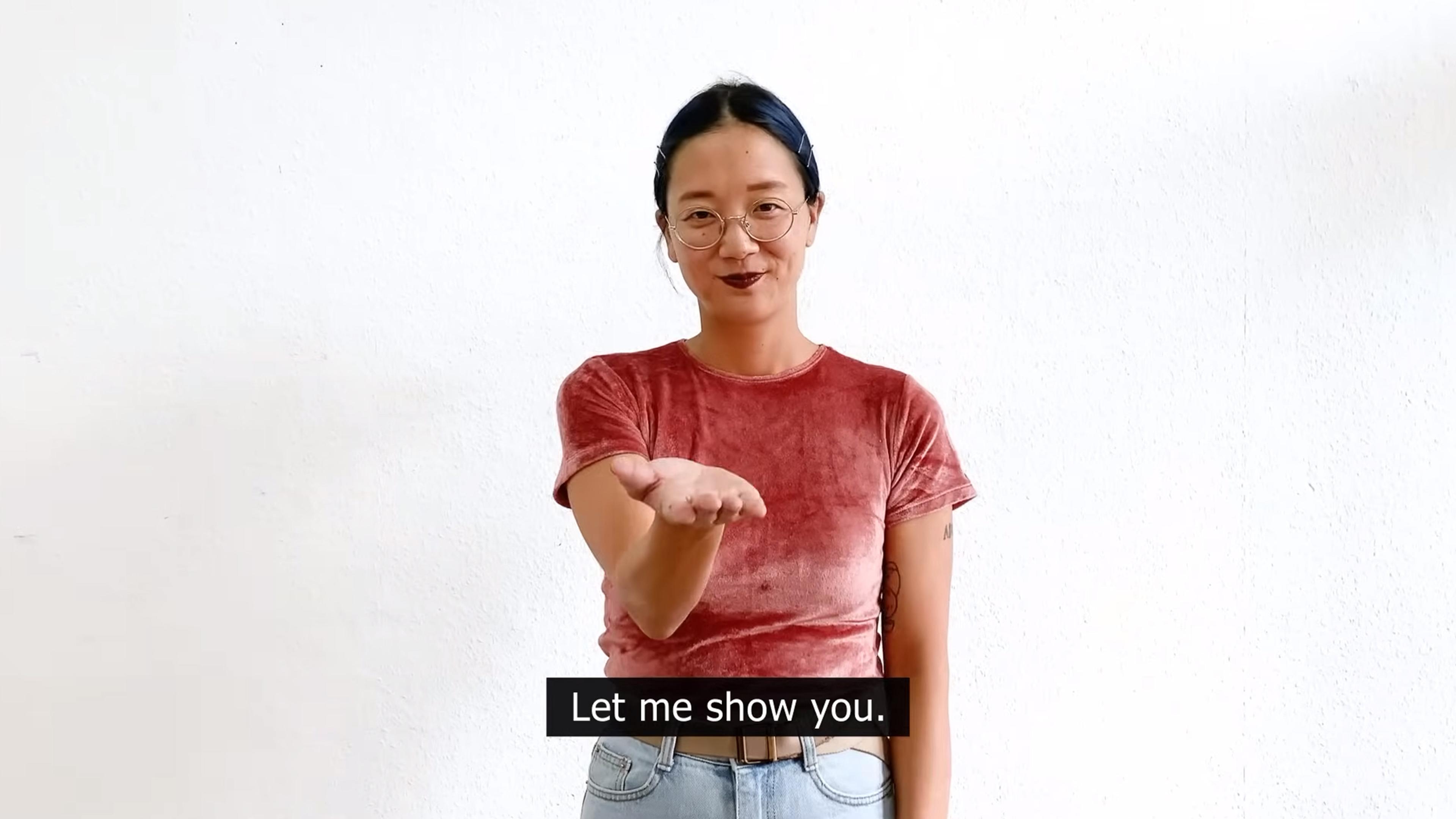More than breathtaking, ‘The Birth of Venus’ signalled an aesthetic revolution
With its striking depiction of the classical goddess of love and fertility at its centre, Sandro Botticelli’s The Birth of Venus (c1485) is one of the most famous and influential Renaissance artworks. And, as the UK curator, gallerist and video essayist James Payne details in this instalment from his series Great Art Explained, Botticelli’s painting is more than just masterful. Rather, with its preternatural style, depiction of female nudity and non-Christian imagery, it represented a turning point in the history of Western art. Detailing the social forces that made the painting possible, as well as Botticelli’s techniques and motifs, Payne explores how the revolutionary work melded humanist philosophy with contemporary Christianity.
Video by Great Art Explained

video
Animals and humans
Why be dragons? How massive, reptilian beasts entered our collective imagination
58 minutes

video
Rituals and celebrations
Flirtation, negotiation and vodka – or how to couple up in 1950s rural Poland
5 minutes

video
Technology and the self
In the town once named Asbestos, locals ponder the voids industry left in its wake
16 minutes

video
Biology
How the world’s richest reds are derived from an innocuous Mexican insect
5 minutes

video
Cities
A lush, whirlwind tribute to the diversity of life in a northern English county
3 minutes

video
Stories and literature
Robert Frost’s poetic reflection on youth, as read in his unforgettable baritone
5 minutes

video
Sex and sexuality
After a sextortion scam, Eugene conducts an unblushing survey of masturbation
14 minutes

video
Film and visual culture
‘Bags here are rarely innocent’ – how filmmakers work around censorship in Iran
8 minutes

video
Language and linguistics
Closed captions suck. Here’s one artist’s inventive project to make them better
8 minutes